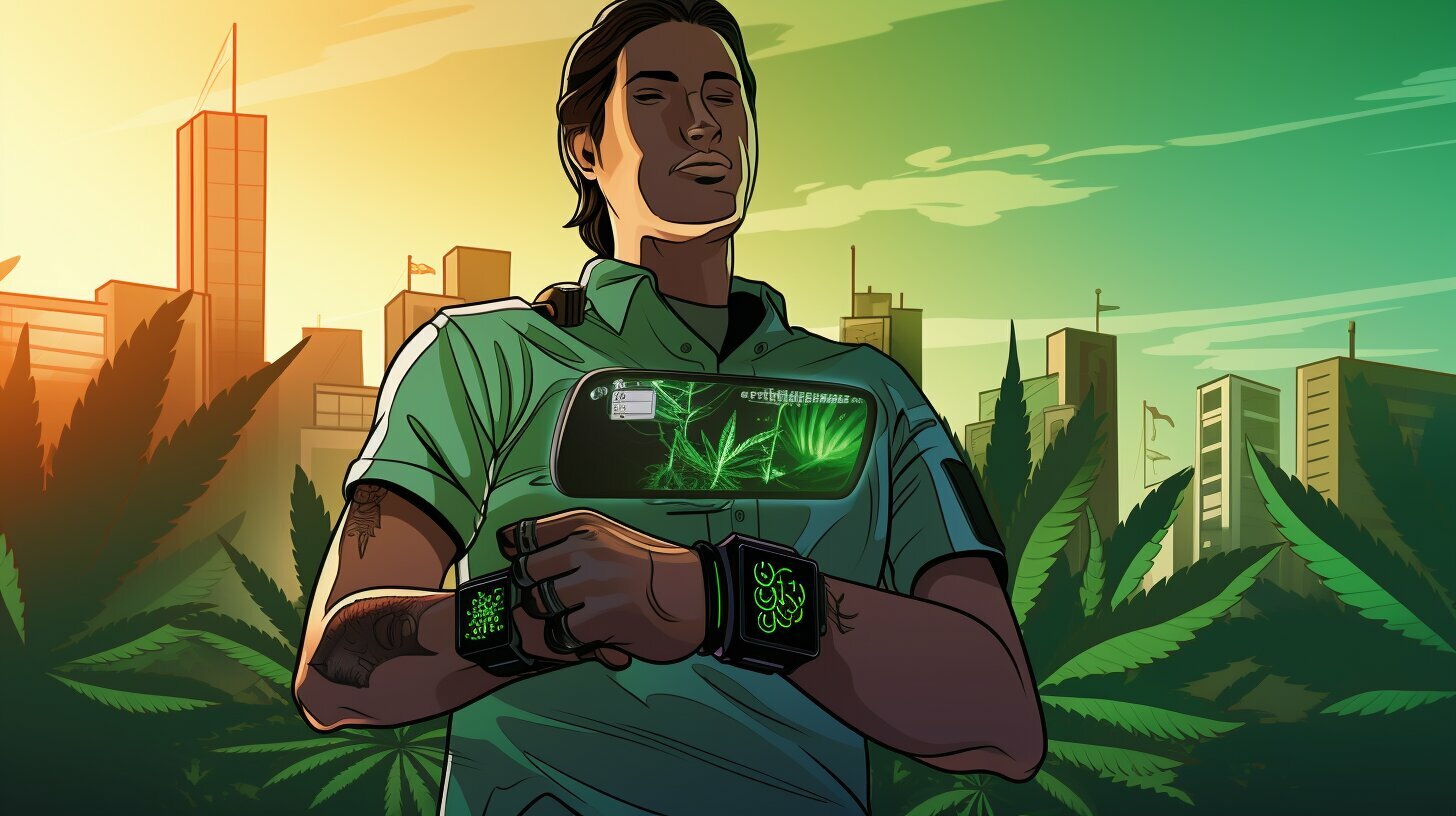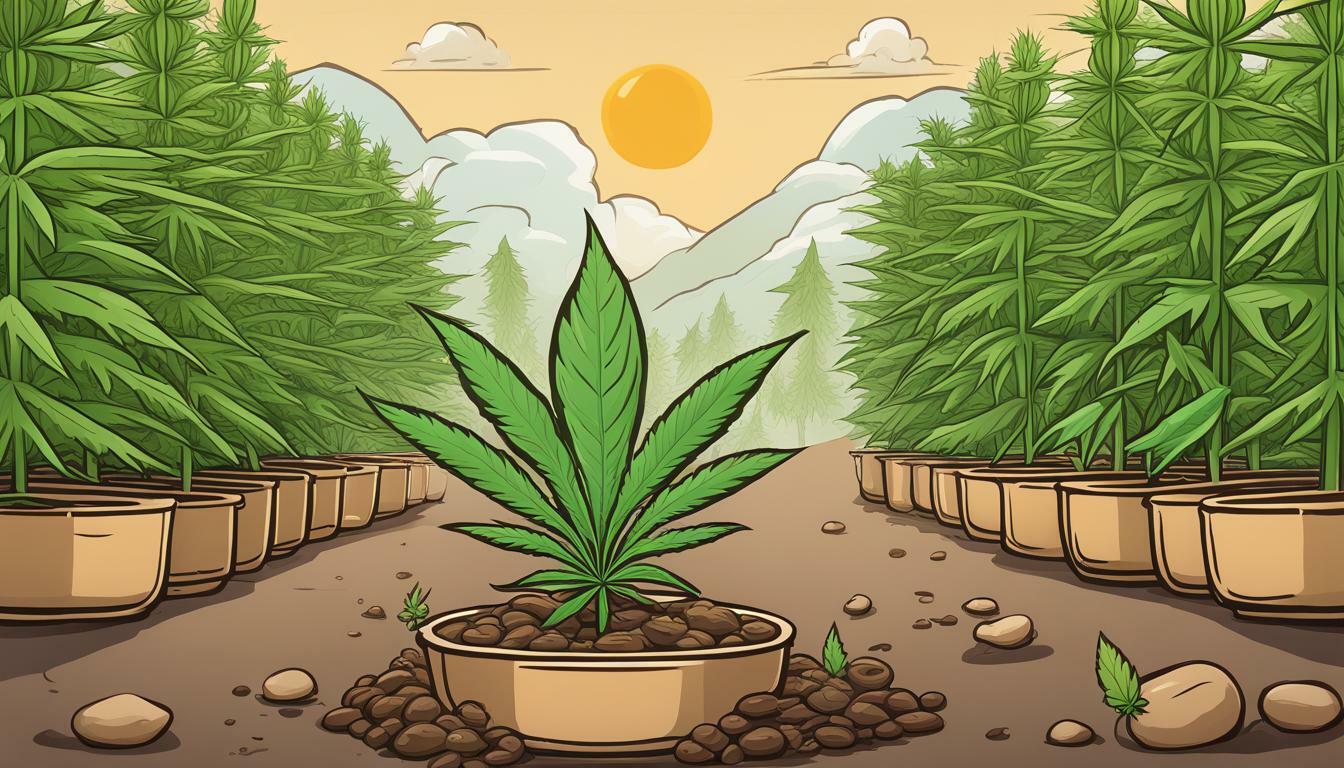
Cannabis and Wearable Tech: Monitoring Consumption and Effects in Real-Time
In today’s society, the responsible use of cannabis is becoming increasingly important. With the recent legalization of cannabis in many

The 20th of April, colloquially known as 4/20, has become synonymous with the celebration of cannabis culture worldwide. But have you ever wondered about the origins of this intriguing numerical code? The story journeys back to 1971 in San Rafael, California, where a group of friends, inadvertently coined the term “420.” Here, we’ll explore the fascinating tale behind the Waldos and their impact on the cannabis community. So, light up your curiosity and join us as we delve into the history of this iconic term.
The Waldos were a group of five high school friends from San Rafael High School in California. They earned their nickname from their favorite hangout spot – a wall outside the school where they would meet up and share their daily adventures. The group included Steve Capper, Dave Reddix, Mark Gravich, Larry Schwartz, and Jeffery Noel. Little did they know that their private code for cannabis escapades would become a worldwide phenomenon.
The story behind the 420 code began with a treasure map. In the fall of 1971, one of the Waldos, Bill McNulty, came into possession of a hand-drawn map. It supposedly showed the location of a hidden cannabis crop, abandoned by a Coast Guard serviceman. Intrigued by the idea of this treasure, the Waldos decided to embark on a quest to find the elusive plants.
They agreed to meet at 4:20 pm, by the Louis Pasteur statue on the grounds of their high school. The code “420 Louis” was used to discreetly refer to their plan. Eventually, the “Louis” part was dropped, and “420” became their shorthand for any cannabis-related activity.
Although they never found the hidden cannabis crop, their private code persisted and spread beyond their small circle of friends. The term “420” was popularized in the early 1990s when Dave Reddix, one of the original Waldos, began working as a roadie for the Grateful Dead. The band members and their fans embraced the term for cannabis, incorporating it into their artwork and merchandise.
The code gained even more traction after an article was published in the May 1991 issue of “High Times” magazine. The author, Steve Bloom, had stumbled upon a flyer at a Grateful Dead concert that described the history of 420 and the Waldos. Intrigued, Bloom wrote about the term in his magazine, and it wasn’t long before 420 became an internationally recognized symbol for cannabis culture.
Today, the Waldos’ legacy lives on through 420 celebrations worldwide. The term became a rallying cry in cannabis culture, promoting awareness, advocating legalization, and enjoying the camaraderie of fellow enthusiasts.
The tale of the Waldos and the origin of the 420 code is a fascinating look into the power of a simple idea to create a global phenomenon. What started as a private code among high school friends in San Rafael, California, has grown into a unifying symbol for cannabis enthusiasts across the globe. As we celebrate 4/20, let us remember the adventurous spirit of the Waldos, who unknowingly set the foundation for an enduring cultural movement. Their story reminds us of the importance of friendship, curiosity, and the pursuit of adventure. As we continue to push for progress in cannabis legalization and acceptance, let the story of the Waldos and their iconic code, “420,” serve as inspiration and a testament to the power of a shared passion. Happy 4/20!

In today’s society, the responsible use of cannabis is becoming increasingly important. With the recent legalization of cannabis in many

As the cannabis industry continues to grow and evolve, new technologies are emerging to enhance the shopping and education experience.

The cannabis industry is booming, with legal and medical cannabis becoming more widely accepted and available. However, concerns over product